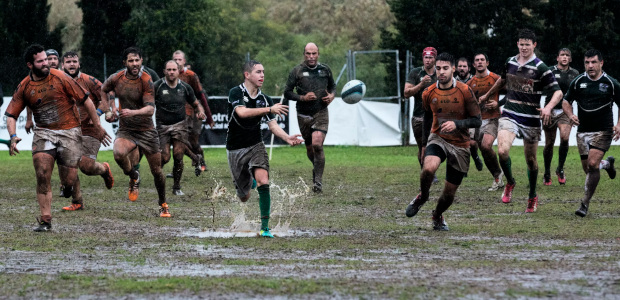Types of Rugby passing & Catching and How to Spin Pass a Rugby Ball Step By Step
The popularity of rugby union as a spectator sport and as a sport of high participation has grown dramatically since it became a full-time, professional sport in 1995. It is also gaining popularity as a betting market among bettors all over the world. In addition, most prominent online bookies now offer live streaming, which makes it easier for bettors to watch and wager simultaneously.
There are numerous platforms for betting on rugby, offering a wide selection of international events. Because of their global network, they offer a wide range of sports promotions outside the United States, including rugby. Punters can simultaneously make bet with Bet365 and watch rugby live streams at the same time. However, rugby betting strategy involves deeper research on the skills a team shows while passing the ball while on the field.
Here is a step-by-step guide to how to spin pass a rugby ball and recognize the types of rugby passing.
Rugby Passing Types and Techniques
Even though the various types of passes seem similar, they are used in quite different scenarios. Below are some of the most commonly used passes, along with tips on catching the ball delivered with them.
What is a Spin Pass, and How do you Perform One?
Spin passes, often referred to as spiral passes, are among the most commonly used passes in rugby because of their versatility. Spin passes allow the ball to travel farther faster than most other passes, but they are harder to catch because the ball is spinning so fast. The backs are more likely to employ it than the forwards.
A rugby player who holds the rugby ball with his thumb and fingers, on the one hand, executes a spin pass. When the player finishes pulling his arms away from the teammate he’s passing to, he should throw his arms across his body in that direction. To enable the rugby ball to go a longer distance allows the pass to be made with more force. As soon as he has let go of the ball, the player will flick his fingers up in the air to ensure that it spins. The best accuracy comes from throwing the ball at chest height.
The 4 Best Ways to Spin Pass
● Don’t just pass the ball blindly; take the time to look at your receiver.
● Ideally, aim the pass around the chest level of the receiver and slightly forward.
● You need to time your pass.
● Run towards the opposing defense to create an opening for your teammate to pass and gain more ground by drawing the defender in and running towards him before making the pass.
What is a PopPass, and How Do You Use One?
In contrast to the spin pass, the pop pass passes the ball to a nearby player within a short distance. Passes like this do not make the recipient a target; they aim the ball at the position where the receiver will catch it at full speed after receiving it. Grasp the lower half of the ball with both hands and flick your wrists simultaneously to propel the ball upwards. Players can use it in a method known as the ‘switch,’ by which they can change the direction of the game midway.
What’s the Best Time to Pass a Pop Pass?
Passing the rugby ball in this manner is most useful when a support player is racing fast and close by to exploit a defensive gap.
What is a Dive Pass, and How is It Used?
When the ball is on the ground, toward the base of the scrum, or within a ruck between both sides, the dive pass, also known as a scrum-half pass, is frequently used. As the name implies, it involves the player diving for the ball as he attempts to pass it to a teammate.
A player should bend at the waist and pick up the ball with both hands from the ground. While maintaining the ball below his body, he should then position himself toward his teammate. As soon as the player has angled himself appropriately, he should dive in that direction and release the ball to his partner.
When is the Best Time to Pass a Dive Pass?
A dive pass makes sense when the ball is on the ground, and a long clearing pass is required. A team typically kicks the ball forward when clearing the ball to a kicker further out.
Grabbing a Rugby Ball
The skill of catching a receiving pass is equally important in rugby since it requires two hands. It may appear straightforward, but there is a certain way that players catch the ball, particularly when it is kicked. As soon as the ball reaches him, the player should raise both hands upward in an attempt to catch it.
When catching the ball, lock both elbows behind the chest and hold it with your hands. Hold your hands outstretched, bend your elbows slightly, and place your palms outwards as you catch the ball from a teammate. Keeping your eyes on the ball instead of looking at your opponent is also crucial.
These are the tactics a rugby team uses when playing on the field to get a better result.
Conclusion
Having the opportunity to place a wager on rugby is something many people look forward to. Because of this, if you want to win your bet, you have to know the tactics and styles of a team that they use on the field. Hope you find this article helpful in gaining some insights into the tactics a team will use while playing on the field, which will enable you to improve your betting strategy.



